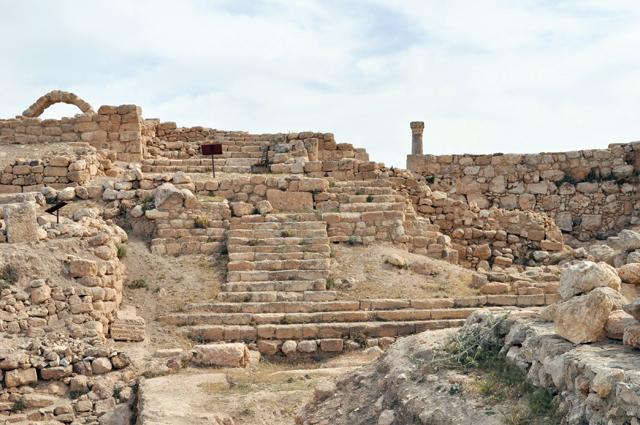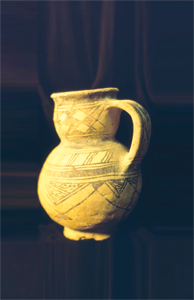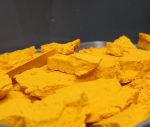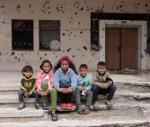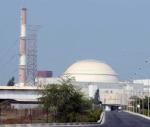You are here
Archaeologists find clues for ‘important’ Ayyubid settlement
By Saeb Rawashdeh - Jan 13,2019 - Last updated at Jan 13,2019
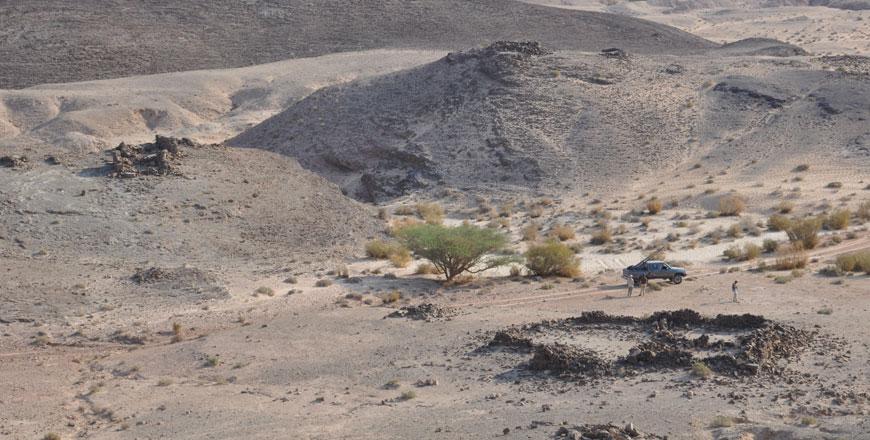
Wadi Nuqayb Al Asaymir during a 2012 excavations (Photo courtesy of Thomas Levy)
AMMAN — Researchers are digging up hints of an important Ayyubid copper production site in Wadi Al Ghuwaybi, an American anthropological archaeologist said.
There is very little material at the site of Khirbat Nuqayb Al Asaymir (KNA) that dates from earlier than the late 12th century, and the material that seems to be later than the mid-13th century is from the surface of the site, said Ian Jones.
The archaeologist added that the site had material dating narrowly to the late 12th-mid-13th century, or the Ayyubid period.
"What we had was a site that was built in the late 12th or [probably] early 13th century, more than 500 years after the last major episode of copper production in the region, and it was occupied for a very short period — probably no more than 50 or 60 years," Jones noted in a recent interview with The Jordan Times.
Its importance is entirely within the context of the Ayyubid period in Jordan, he explained, adding that if it had not already been abandoned by the early Mamluk period, it went out of use in the very early part of this period.
According to Jones, who led the site’s excavation, KNA seemed to have been important primarily during the 13th century expansion of the sugar industry under the Ayyubids.
Sugar required fairly substantial amounts of copper to produce boiling vessels, and the degree to which this corresponds to the amount of copper that another scholar has estimated was produced in Faynan during the Middle Islamic period is suggestive of a connection.
If there is a connection, Jones said KNA was likely the larger and more important of two Faynan copper production sites.
"Of course, beyond this, any excess copper could have been used to produce any number of copper implements... of this period, including coins, serving vessels, cosmetic implements, utensils and so on."
The archaeologist said it also appears that, during the later stages of the site, residents were also producing iron, and the presence of mixed copper/iron ore in the nearby mines may have been one reason for focusing investment on KNA.
Imported ceramics
The ceramics found at KNA surprised Jones, particularly for southern Jordan: "We don't tend to expect Middle Islamic period sites in the south to have much glazed pottery, and if they do, we expect these to be relatively simple, probably locally-produced bowls with monochrome green or yellow glazes."
However, the excavations in which Jones participated found no locally produced pottery, and in surveys they found only two shards.
He said that if they include the German survey in the 1980s they would add one more, and possibly another few from Nelson Glueck's survey in the 1930s.
The researchers also found a few small shards from glazed cooking pots that were likely made in Beirut. However, Jones said the majority of glazed pottery they found was made up of underglaze-painted fritware, or “stonepaste” pottery.
These are wares that are painted — usually in black, but sometimes in other colours — under their glaze, which in the Ayyubid period was generally turquoise, colourless or much less commonly purple, Jones said.
"Stonepaste, or fritware, is an interesting type of ceramic made primarily of quartz, with smaller amounts of clay and ground glass. It was made in a number of different places during the Islamic periods, but what we had at KNA was all produced in Syria, mostly [if not entirely] in Damascus," Jones outlined.
The presence of stonepaste wares at a site suggests the presence of Ayyubid "political elites", said Jones.
If this is correct, the amount of fritware at KNA indicates the presence of Ayyubid administrators, which again hints at the importance of the site.
Answering questions on Islamic pottery
Islamic archaeologists are still searching for answers about wheel-made ware: "The assumption has been that wheel-made wares are more common at urban sites, and hand-made wares more common at rural sites."
However, researchers are not entirely sure. Mainly because the majority of data they have to work with comes from surveys, and Middle Islamic period wheel-made pottery can be hard to identify without deeper examinations.
Jones said that at some sites, the assumption "doesn't seem to hold up".
It is also possible that the amount of wheel-made pottery at KNA is high for southern Jordan, but the quantities of imported fritware are “very high”.
Hand-made wares, and particularly painted hand-made wares, are present at urban sites, even if they often make up a lower percentage of the overall findings than at rural sites.
Nonetheless, it does seem to be the case that wheel-made wares are more common at urban sites in the Middle Islamic period, "although we can't say without more excavations — particularly at rural sites — how large this discrepancy is", Jones said.
"My own opinion is that the difference, at least in the 12th-14th century, is probably smaller than has previously been imagined.”
Related Articles
AMMAN — By the 14th century, Tell Hisban, located around 25km south of Amman, significant centre of pottery, according to a Syrian scholar.T
AMMAN — Despite the political changes and turmoil that characterised the periods between the Fatimid, Ayyubid and Mamluk rules, some industr
AMMAN — The area of the Royal Tombs in the city of Petra contains the Corinthian Tomb, which is between the Palace Tomb and the Silk Tomb.Th


